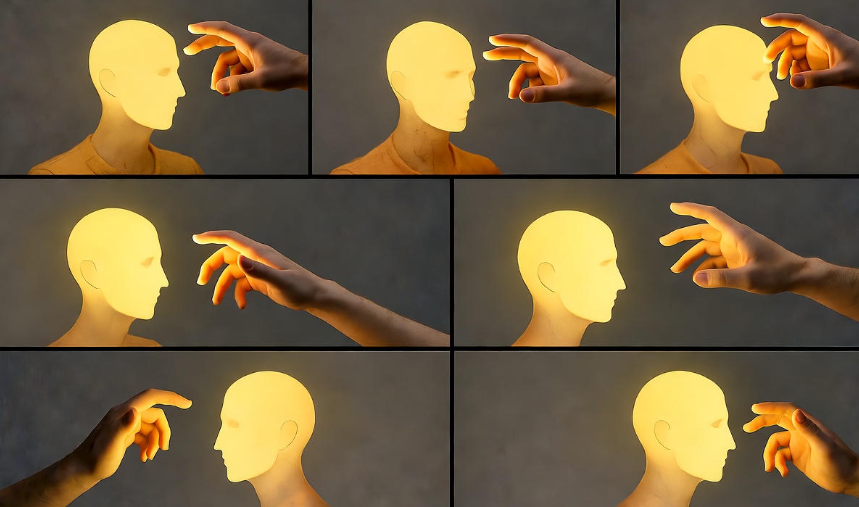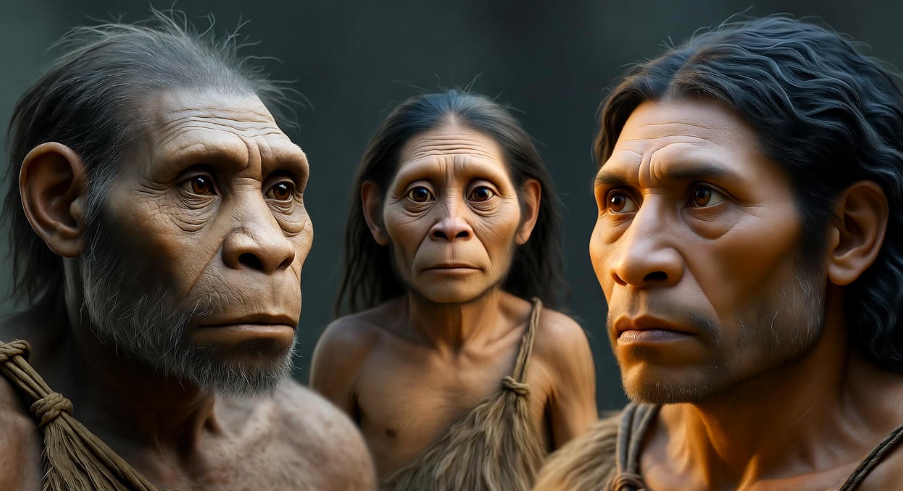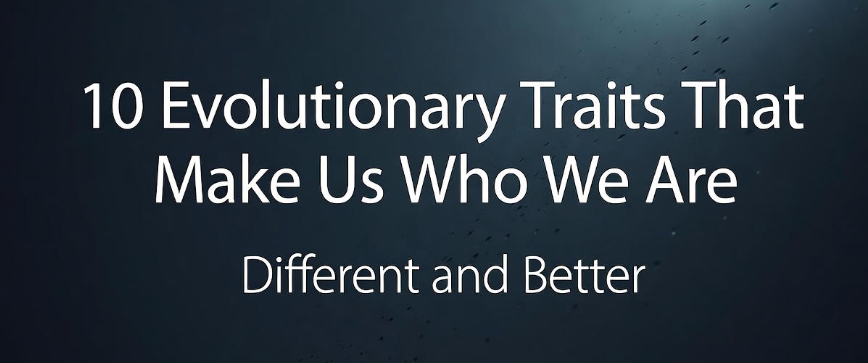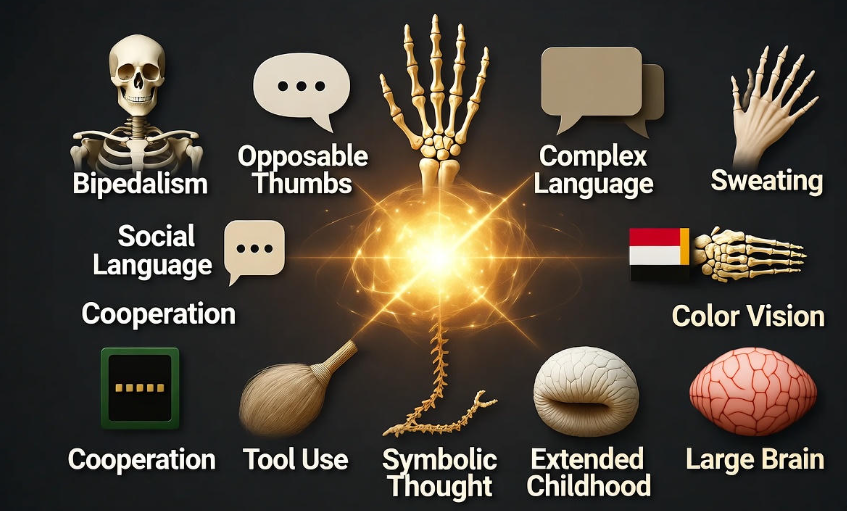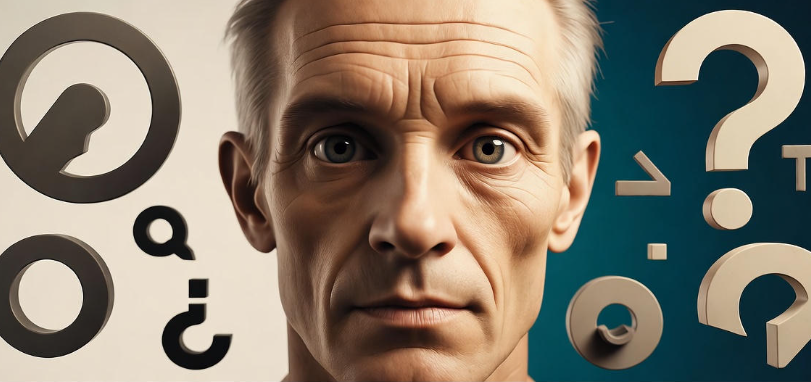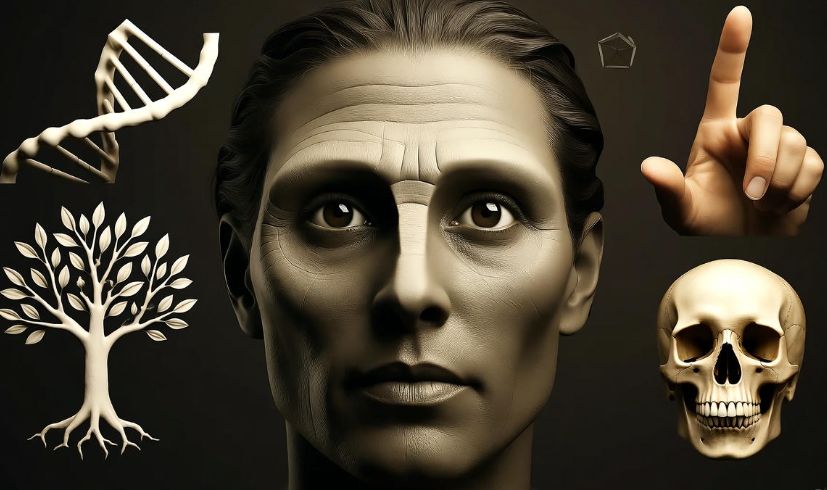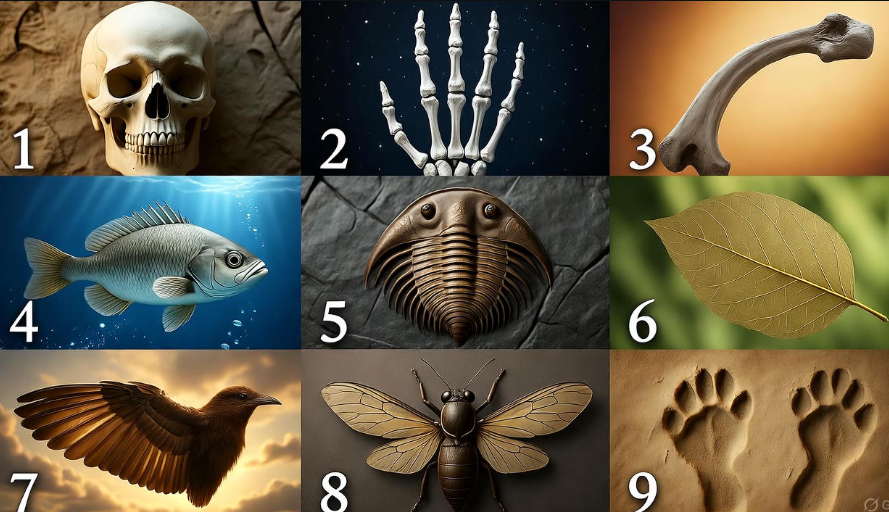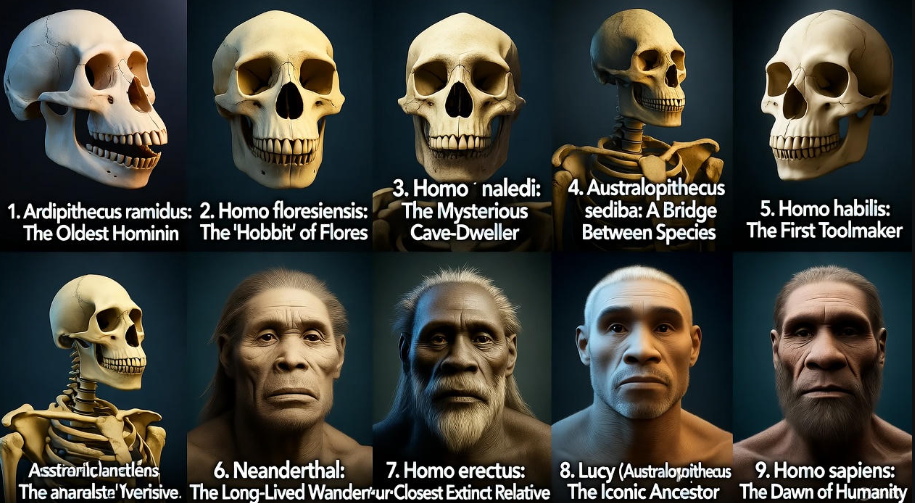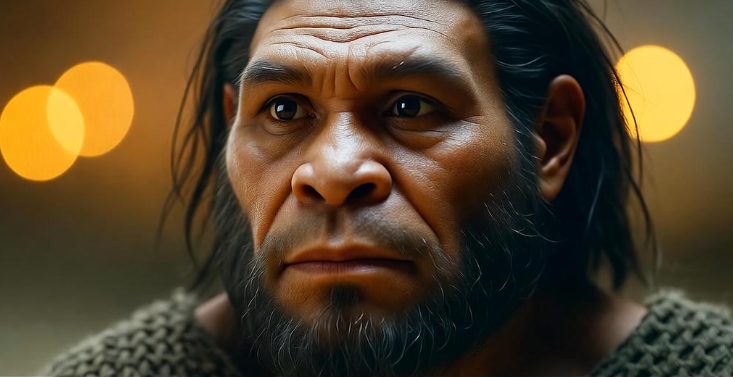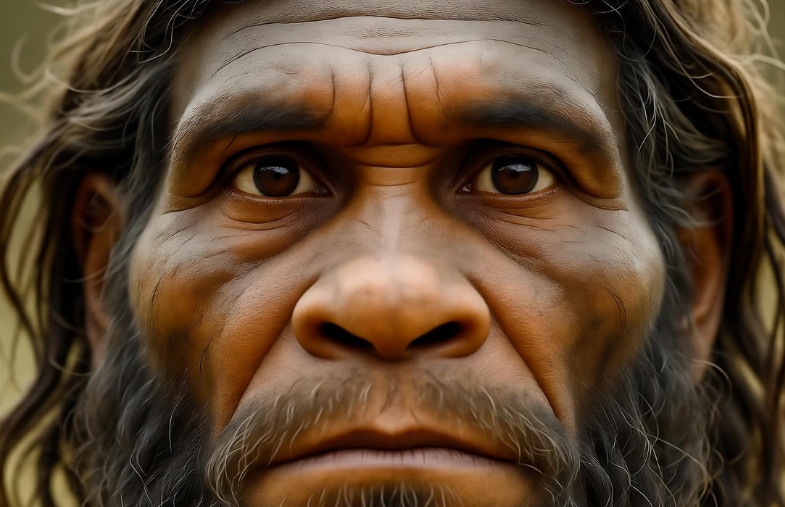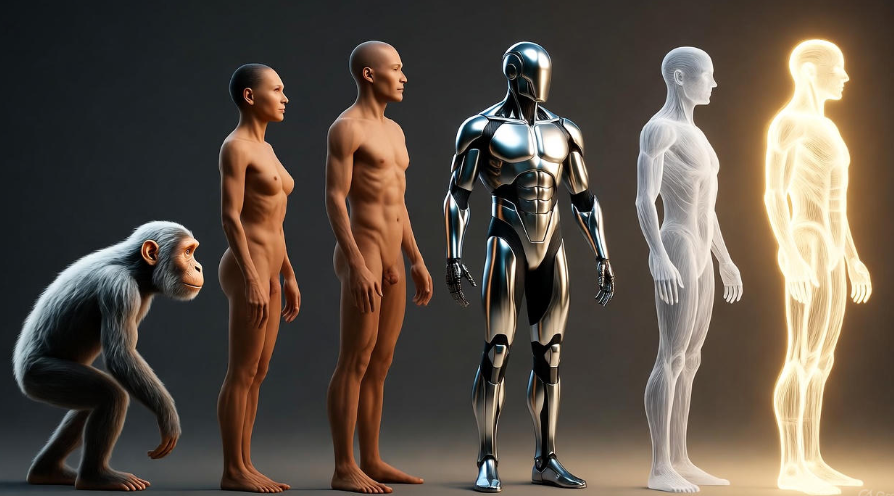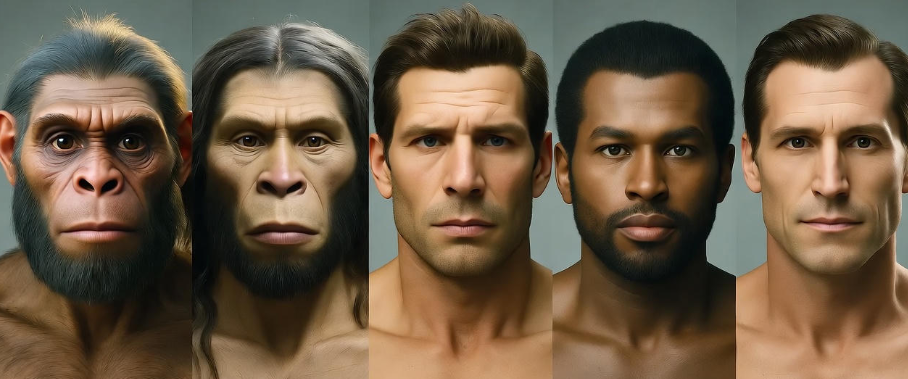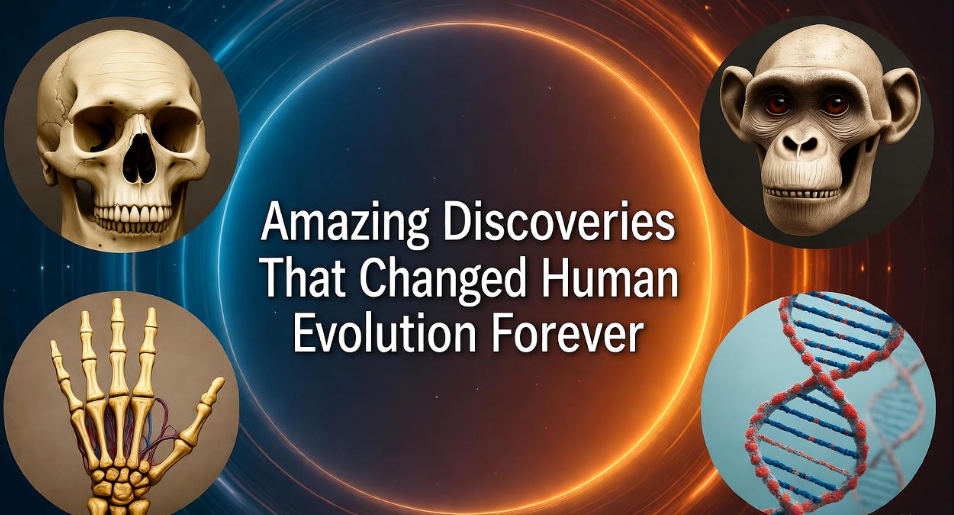Have you ever wondered how humans came to be so unique — how our behavior, culture, and evolution shaped who we are today? 🌍 Anthropology is the key that opens the door to understanding humanity’s story — our origins, our societies, and the invisible threads that connect us all.
If you’re an anthropology student, or even just curious about the human journey, there are some core theories you should absolutely know. These ideas don’t just explain our past — they help us make sense of the present, and even predict where we might be heading next.
Below are eight fascinating theories that every anthropology enthusiast should explore at least once. Each one offers a different lens to look at humanity — biological, cultural, and even symbolic. Let’s dive in 👇
1. Evolutionary Theory – The Roots of Our Existence
When Charles Darwin first introduced his idea of natural selection, he didn’t just change biology — he transformed anthropology. The theory explains that humans evolved through a slow process of adaptation, where only the fittest traits survived and passed on.
Anthropologists use this theory to study how physical and behavioral traits changed over time. Think about the size of our brains, our ability to walk upright, or even the way we use tools. Evolutionary theory helps explain why those things happened.
What makes this theory so powerful is that it connects biology with culture. Humans didn’t just adapt physically — we also evolved socially and mentally. We developed language, emotions, and systems of cooperation that became part of our survival strategy.
| Key Idea | Meaning |
|---|---|
| Natural Selection | Stronger or more adapted traits survive and reproduce |
| Adaptation | Humans evolve based on environmental needs |
| Common Ancestry | All humans share a common origin |
2. Cultural Relativism – Understanding Without Judging
Imagine visiting a community with customs very different from your own. Instead of labeling their way of life as “strange,” anthropology teaches you to see it through their eyes. That’s what cultural relativism is all about.
Proposed by Franz Boas, this theory suggests that we should understand cultures based on their own values, not ours. No culture is superior or inferior — they’re just different.
This idea reshaped modern anthropology because it encouraged open-mindedness. It pushed researchers to avoid bias and to appreciate the rich diversity of human societies. 🌏
For instance, what one culture sees as a polite gesture might be rude in another. Cultural relativism reminds us that understanding context is key to truly studying humanity.
3. Structural Functionalism – Society as a Living System
Ever thought of society as a human body? Each organ (or part) works together to keep the system alive. That’s the essence of structural functionalism.
Anthropologists like Bronisław Malinowski and A.R. Radcliffe-Brown used this theory to explain how every part of a culture — family, religion, economy, or traditions — serves a purpose to maintain social balance.
For example, rituals and festivals may not have a “practical” use, but they strengthen community ties. Similarly, marriage systems ensure social organization.
| Concept | Example |
|---|---|
| Family | Raises and socializes children |
| Religion | Provides moral order |
| Economy | Manages resources and roles |
This theory teaches that no custom exists without reason — everything in society helps keep the social body alive.
4. Symbolic and Interpretive Anthropology – Decoding Human Meaning
Humans are storytellers. We give meaning to everything — gestures, objects, even food. 🍲 That’s where symbolic and interpretive anthropology steps in.
Introduced by Clifford Geertz, this theory views culture as a web of symbols that people create to make sense of their world. Every action or belief carries meaning that can be “read” like a text.
For instance, a wedding ceremony isn’t just a celebration — it symbolizes unity, love, and cultural values. A handshake represents trust and respect.
This approach teaches us that understanding a culture means interpreting the symbols people live by, not just observing their behavior.
5. Cultural Materialism – The Power of Resources
Why do some cultures develop certain customs while others don’t? According to Marvin Harris, the answer lies in material conditions — environment, technology, and resources.
Cultural materialism says that the foundation of every culture is shaped by how people use available materials to survive. Economic systems, food habits, and even religion can often be traced back to practical needs.
Take the example of sacred cows in India. While it seems purely religious, Harris argued it’s also practical — cows provide milk, labor, and fertilizer, making them economically valuable. 🐄
So, behind every belief or ritual, there might be a material reason we don’t immediately see.
6. Feminist Anthropology – Giving Voice to the Overlooked
For a long time, anthropology mostly reflected male perspectives. Then came feminist anthropologists like Margaret Mead and Sherry Ortner, who asked a bold question: Where are the women in these stories?
Feminist anthropology focuses on how gender shapes culture and power. It challenges assumptions that men’s experiences represent everyone’s experiences.
It also explores how societies construct gender roles — not as biological facts, but as cultural beliefs. For instance, what one society defines as “feminine” might be completely different in another.
This theory encourages equality in research and representation. It reminds us that every voice — male, female, or otherwise — matters in the story of humanity. 💪
7. Postmodern Anthropology – Questioning the ‘Truth’
Anthropology isn’t just about studying others — it’s also about questioning ourselves. That’s the idea behind postmodern anthropology.
Thinkers like James Clifford and George Marcus argued that there is no single “truth” in anthropology. Every observation is influenced by the observer’s own culture, bias, and experience.
So instead of claiming objective facts, postmodern anthropology accepts multiple perspectives. It values narratives, voices, and personal experiences equally.
This theory transformed fieldwork — researchers began writing in more reflexive, honest ways, acknowledging their role in shaping what they study.
8. The Theory of Cultural Ecology – Adapting to the Environment
Humans and the environment are deeply connected. That’s what cultural ecology, proposed by Julian Steward, emphasizes.
This theory studies how societies adapt to their physical surroundings — like climate, geography, and available resources. For example, desert communities develop water-saving techniques, while island societies evolve fishing traditions. 🌴
Cultural ecology helps us understand why similar environments often lead to similar cultural practices, even in distant parts of the world.
It’s also an important tool today, as anthropologists use it to study how modern societies respond to climate change and environmental challenges.
| Environment | Human Adaptation |
|---|---|
| Desert | Water conservation, nomadic lifestyle |
| Mountain | Terrace farming, thick clothing |
| Island | Fishing, boat-making traditions |
Why These Theories Matter
Anthropology isn’t just a study of bones and traditions. It’s a living, breathing exploration of human life — past, present, and future. These theories shape how we think about identity, belief, and adaptation.
When students learn them, they gain tools to see the world differently — to recognize patterns, challenge assumptions, and appreciate the beauty of cultural diversity. 🌺
Understanding these theories also builds empathy. The more we learn about others, the more we understand ourselves.
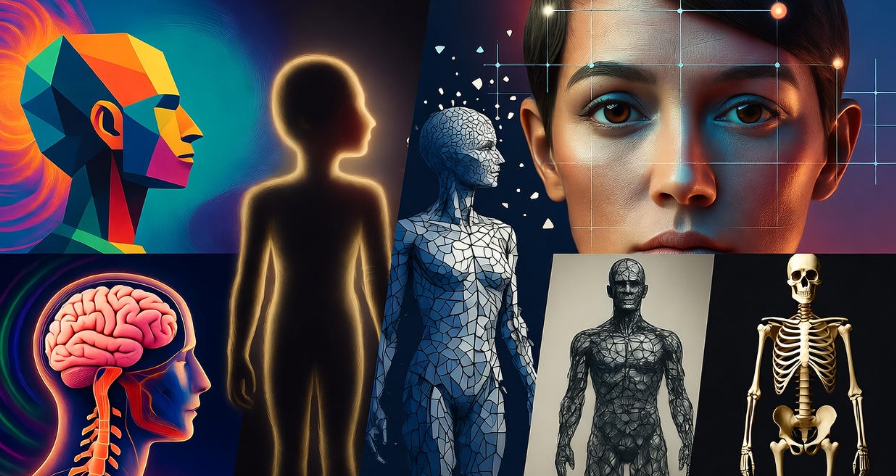
Quick Recap Table 🧠
| Theory | Key Focus | Founder/Thinker |
|---|---|---|
| Evolutionary Theory | Human biological evolution | Charles Darwin |
| Cultural Relativism | Understanding cultures fairly | Franz Boas |
| Structural Functionalism | Society as a system | Malinowski, Radcliffe-Brown |
| Symbolic/Interpretive | Meaning through symbols | Clifford Geertz |
| Cultural Materialism | Resources shape culture | Marvin Harris |
| Feminist Anthropology | Gender and equality | Margaret Mead, Sherry Ortner |
| Postmodern Anthropology | Multiple truths, reflexivity | James Clifford |
| Cultural Ecology | Human-environment interaction | Julian Steward |
FAQs About Anthropology Theories
Q1: Why should anthropology students study these theories?
Because they give structure to understanding human life. Without theories, anthropology would just be observation — theories help explain why things happen.
Q2: Are these theories still relevant today?
Absolutely. Even with modern technology, human behavior and culture still follow many of the same principles explained by these theories.
Q3: Can a single theory explain all human cultures?
Not really. Each theory focuses on a different part of human life. The real power comes when we combine them to get a complete picture.
Q4: Which theory is easiest to understand for beginners?
Cultural relativism. It’s simple — just learn to see things from another culture’s point of view.
Q5: How do these theories apply to real life?
They help in cross-cultural communication, policy-making, social work, and even global business — anywhere humans interact and build communities.
Final Thoughts
Anthropology is more than an academic subject — it’s a mirror that reflects what it means to be human. These eight theories help us see that every tradition, belief, or practice has a reason behind it.
Whether you’re decoding ancient rituals, studying modern cities, or just curious about human nature, these theories will always guide you. 🌿
The more we understand them, the closer we get to understanding ourselves — and that’s the real beauty of anthropology.
